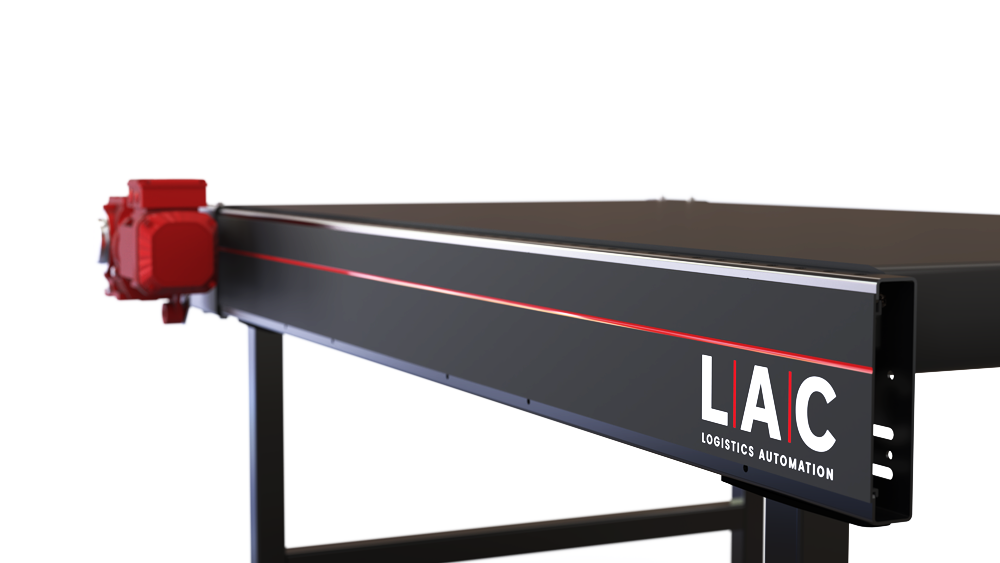Whether it’s automating pallet storage, facilitating order fulfilment, or streamlining the production line, modular pallet conveyors offer an ideal solution for optimising pallet handling processes across a wide range of industries. Some key benefits of modular pallet conveyors include:
Improved productivity
By automating the movement of pallets, these conveyors can significantly increase productivity by eliminating manual handling and streamlining the flow of materials. This, in turn, reduces labour costs and decreases the risk of errors or accidents.
Efficient use of space
Modular pallet conveyors are designed to maximise the use of available space, allowing for greater efficiency of warehouse or factory floor space. They can be customised to fit into tight spaces or to accommodate specific layout requirements, optimising the overall workflow.
Flexibility and adaptability
The modular nature of these conveyors allows for easy reconfiguration and expansion as production needs change. This versatility enables companies to quickly adapt to new products, processes, or market demands without major disruptions or excessive investments.
Precise control and tracking
With the integration of advanced control systems and sensors, modular pallet conveyors offer precise tracking of pallets throughout the handling process. This allows for real-time data collection, accurate inventory management, improved traceability and information in case of product recalls.
Enhanced safety
These conveyors are designed with safety features such as emergency stop buttons, safety switches, and light curtains to ensure the well-being of workers and prevent accidents. Additionally, automation reduces the risk of manual handling injuries associated with lifting heavy pallets.
Cost efficiency
In addition to reducing labour costs, modular pallet conveyors can contribute to cost savings through improved operational efficiency, reduced product damage, and decreased downtime. They can also minimise the need for additional equipment, such as forklifts or manual pallet jacks, further reducing overall expenses.
Scalability
As businesses grow or production needs change, modular pallet conveyors can be easily expanded or modified to accommodate increased throughput or new requirements. This scalability allows companies to avoid the need for large capital investments in new equipment and supports long-term strategic planning.




